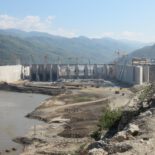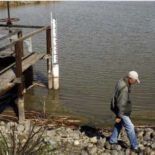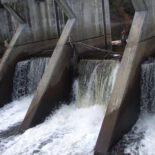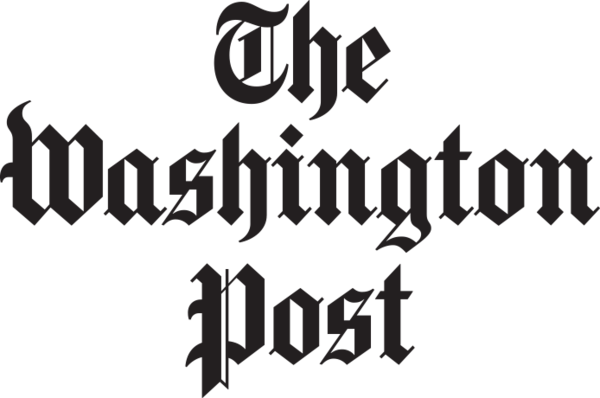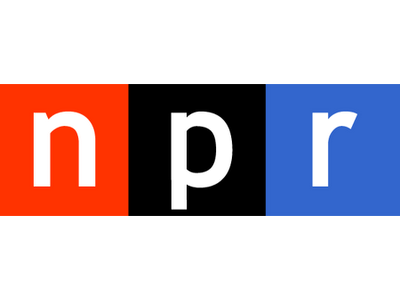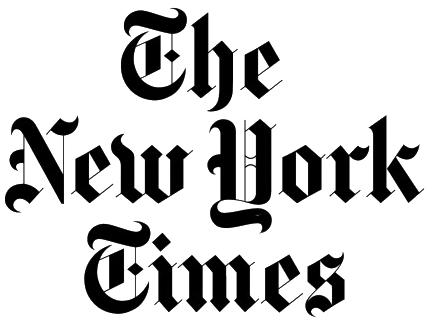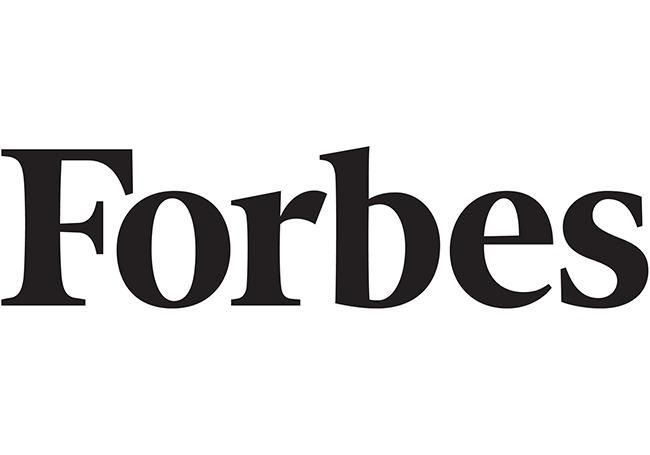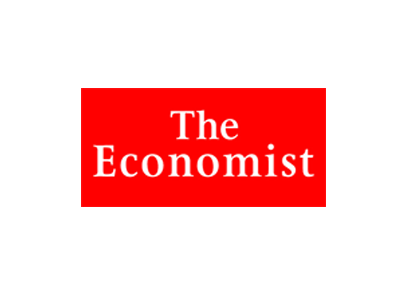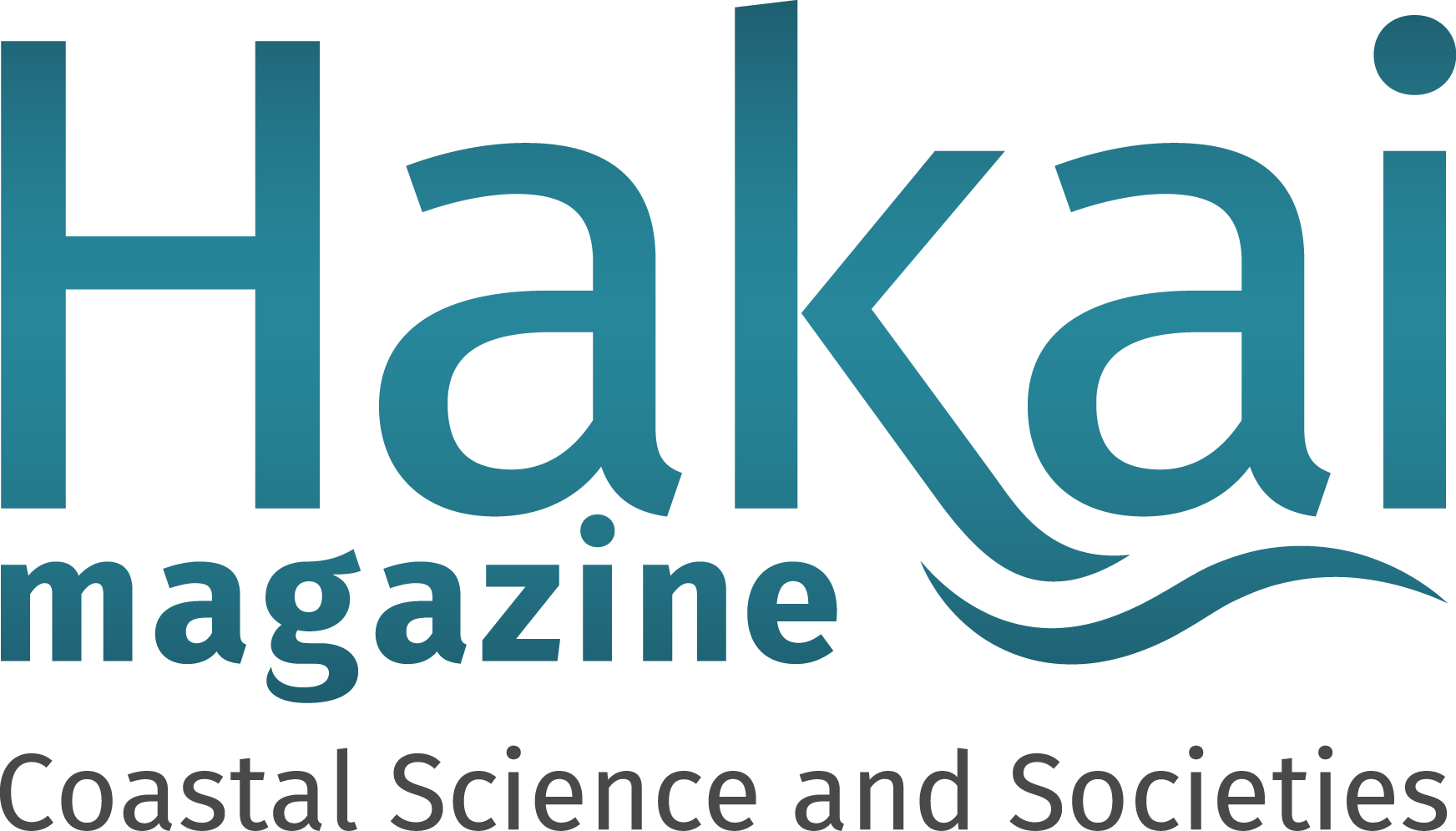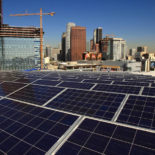
Inside Climate News · Energy Renewable Energy
Clean Energy Soared in the U.S. in 2017 Due to Economics, Policy and Technology
President Trump rolled out the antiquated arguments about why clean energy was too expensive and a threat to the grid. But markets and policies mostly ignored him.
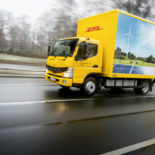
Inside Climate News · Energy Renewable Energy
Electric Trucks Begin Reporting for Duty, Quietly and Without All the Fumes
Replacing fleets of medium- and heavy-duty trucks can help cut greenhouse gas emissions and make cities quieter and cleaner.
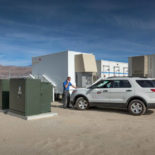
Inside Climate News · Energy Renewable Energy
Microgrids Keep These Cities Running When the Power Goes Out
These energy islands are keeping electricity flowing in emergencies and helping integrate wind and solar. They’re keystones to a modern electric grid.
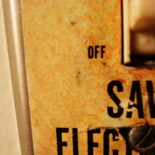
Inside Climate News · Energy Renewable Energy
Californians Are Keeping Dirty Energy Off the Grid via Text Message
When power demand rises, OhmConnect sends out a text to customers: cut your energy use and you’ll earn money. It’s keeping demand spikes under control.
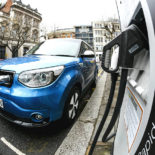
Inside Climate News · Energy Renewable Energy
Are Electric Vehicles Pushing Oil Demand Over a Cliff?
With China now planning to phase out gas-powered cars, automakers are talking about an all-electric future. It could mean a big drop in emissions.
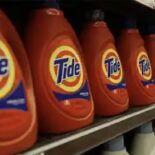
The Guardian · Pollution Water
Procter & Gamble Touts ‘Win-Win’ of Cutting Phosphates in All Laundry Soaps
Global waterways, especially in developing countries, are set to benefit as the Tide manufacturer aims to cut phosphates from all its laundry soaps within two years.
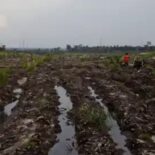
Greenpeace Report on P&G’s Palm Oil Sources Could Spur Industry Change
By calling out the consumer goods giant on its sourcing practices, the campaign group hopes that other corporations will start to clean up their supply chains.

Mom and Pop Forests Struggle to Make Sustainable Harvesting Pay
For family foresters, managing a wood lot means striking a balance between a living legacy and a complex business.
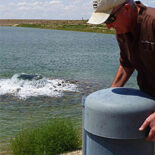
Yale Environment 360 · Groundwater Slow Water Water
Water in the Bank: One Solution For Drought-Stricken California
A potential answer to California’s severe water shortages is groundwater banking, which involves creating incentives for municipalities, farmers, and other water users to percolate water down into sub-surface aquifers for later use.
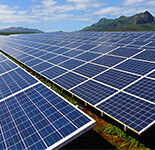
Yale Environment 360 · Renewable Energy
Will New Obstacles Dim Hawaii’s Solar Power Surge?
Blessed with lots of sun and keen to cut its reliance on imported oil, Hawaii has moved to the forefront of residential solar installations in the U.S. But financial and technical hurdles are slowing the state’s drive to generate 40 percent of its electricity from renewable energy by 2030.
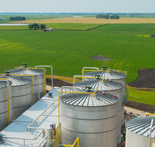
For Cellulosic Ethanol Makers, The Road Ahead Is Still Uphill
While it has environmental advantages over other forms of ethanol, cellulosic ethanol has proven difficult to produce at commercial scale. Even as new production facilities come online in the U.S., a variety of economic and market realities suggest the new fuel still has big challenges to overcome.
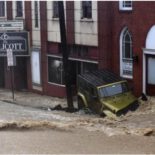
Scientific American · Adaptation Climate Change Slow Water
Expanding Paved Areas Has an Outsize Effect on Urban Flooding
Researchers have finally been able to pinpoint just how much impervious surfaces exacerbate flood levels
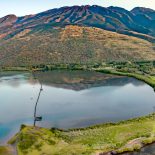
bioGraphic · Biodiversity Conservation Environmental Justice Food Indigenous Water
Hawaii’s Ancient Aquaculture Revival
In an ocean state that now imports half of its seafood, a determined group of activists is restoring the age-old aquaculture practices of Native Hawaiians.
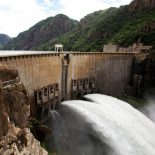

Nature · Economics Energy Water
The Real Cost of Energy
All energy production has environmental and societal effects. But calculating them — and pricing energy accordingly — is no easy task.
Wired ·

